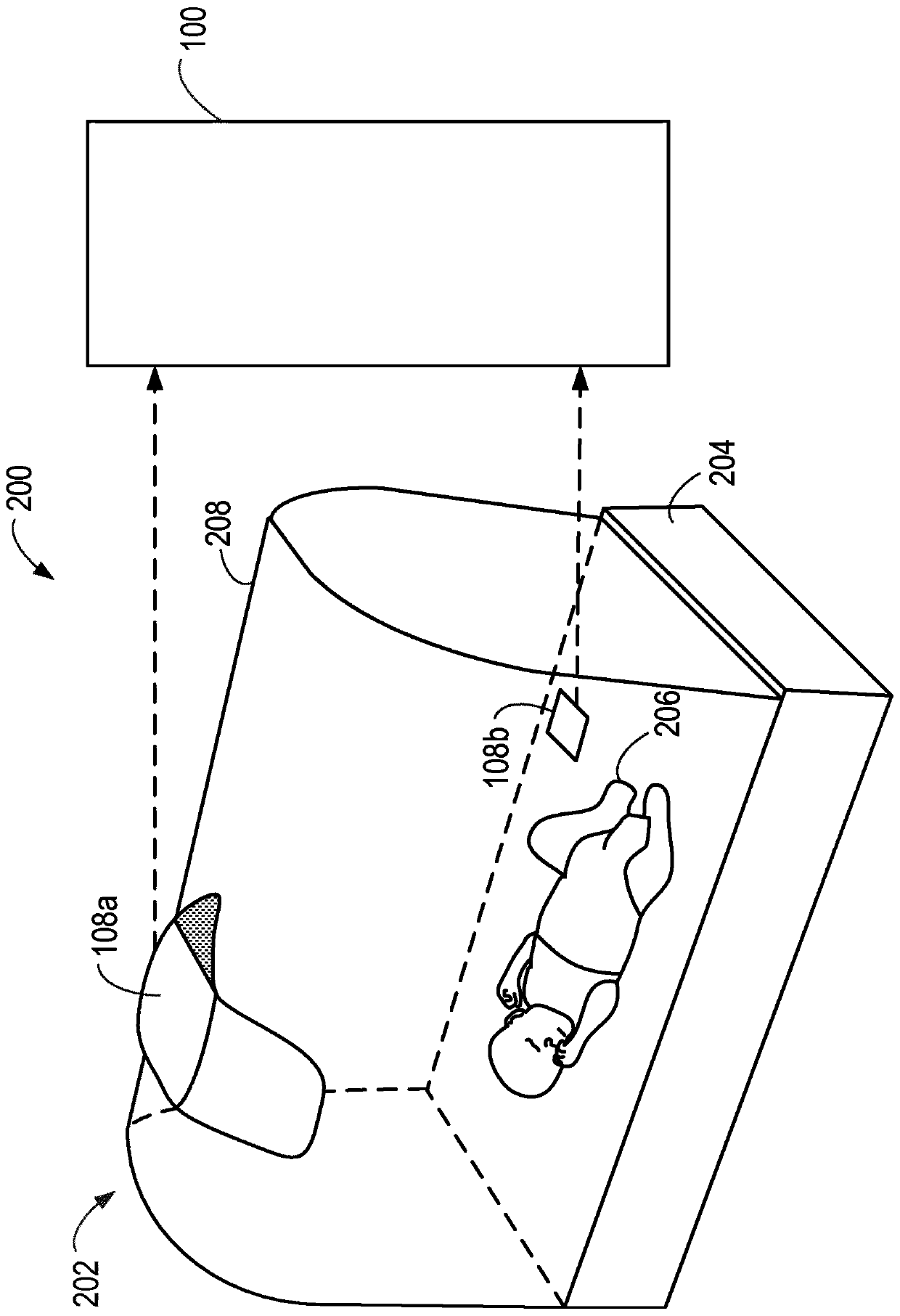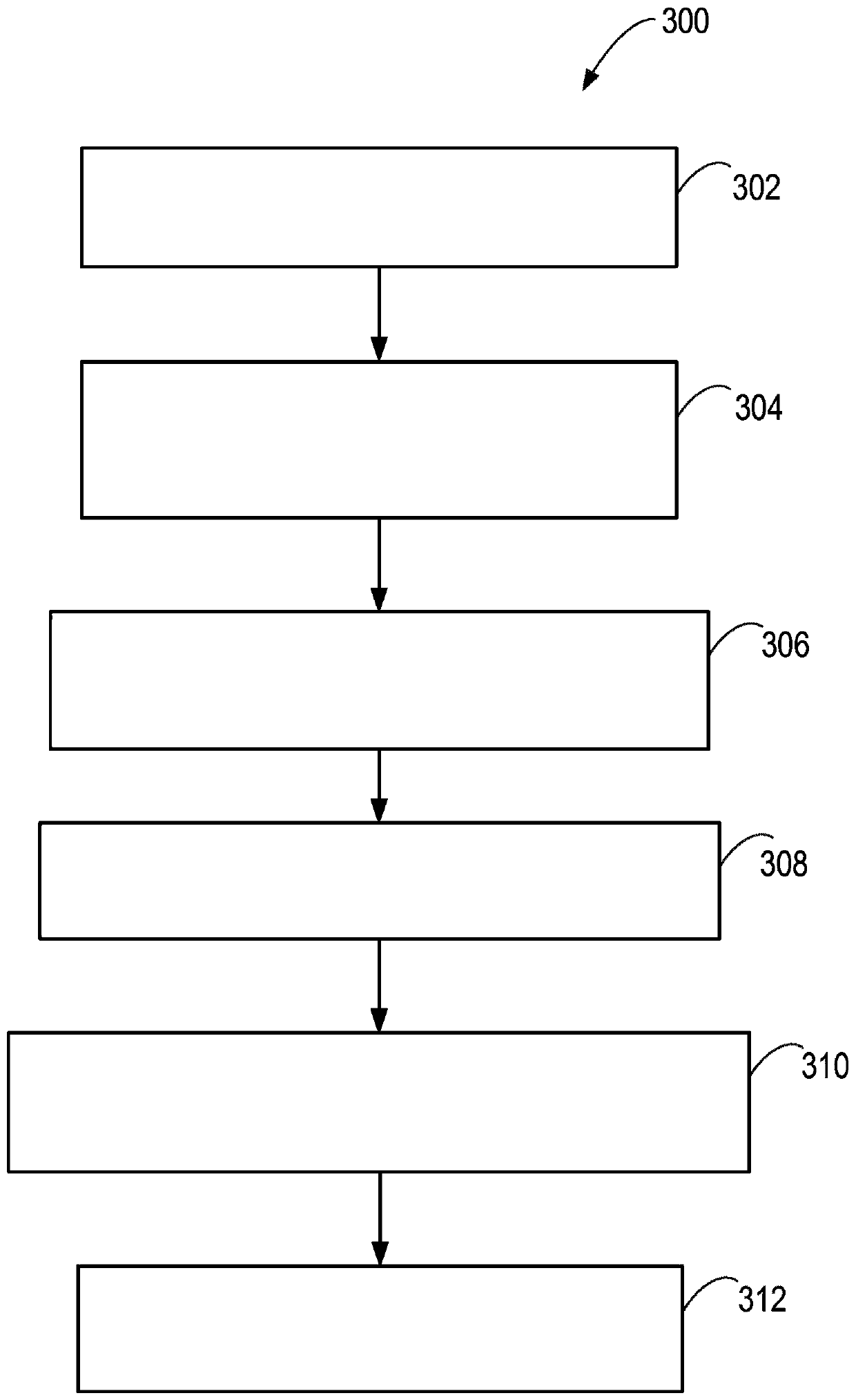Method and apparatus for determining a health status of an infant
A health status, infant technology, applied in the field of infant care, can solve the problems of difficult to reliably assess tension, unreliable determination of tension levels, heart rate variability characteristics are not widely used in neonatal intensive care units, etc., to achieve reliable and certain effects
- Summary
- Abstract
- Description
- Claims
- Application Information
AI Technical Summary
Problems solved by technology
Method used
Image
Examples
Embodiment Construction
[0027] As described above, the present invention provides a method and apparatus for determining the health status of an infant which overcomes the existing problems.
[0028] figure 1 A block diagram is shown of an apparatus 100 according to an embodiment, which may be used to determine the state of health of an infant. For example, the infant can be a neonate (eg, a premature infant, a full-term infant, or a late infant) or a child.
[0029] refer to figure 1 , the device 100 includes a control unit 102 that controls the operation of the device 100 and can implement the methods described herein. Control unit 102 may include one or more processors, processing units, multi-core processors or modules configured or programmed to control apparatus 100 in the manner described herein. In a particular implementation, the control unit 102 may include a plurality of software and / or hardware modules, each configured to perform or used to perform individual or multiple steps of a met...
PUM
 Login to view more
Login to view more Abstract
Description
Claims
Application Information
 Login to view more
Login to view more - R&D Engineer
- R&D Manager
- IP Professional
- Industry Leading Data Capabilities
- Powerful AI technology
- Patent DNA Extraction
Browse by: Latest US Patents, China's latest patents, Technical Efficacy Thesaurus, Application Domain, Technology Topic.
© 2024 PatSnap. All rights reserved.Legal|Privacy policy|Modern Slavery Act Transparency Statement|Sitemap



